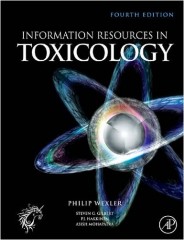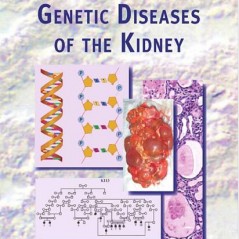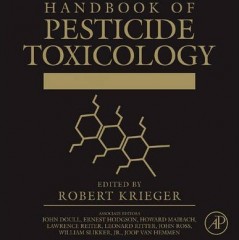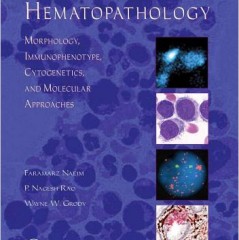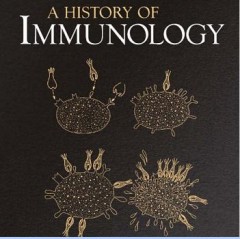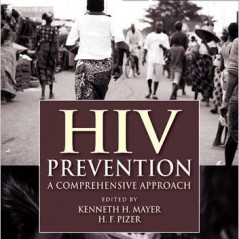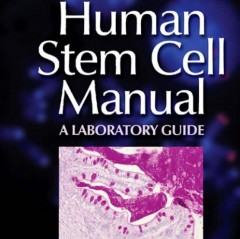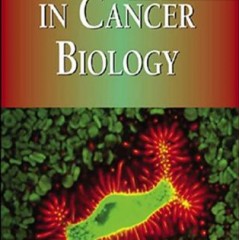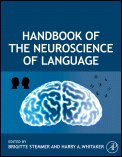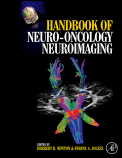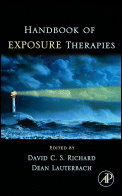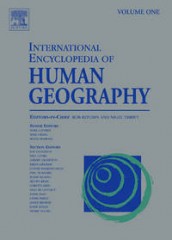
International Encyclopedia of Human Geography
2009 Elsevier Ltd., Editors-in-Chief: Rob Kitchin and Nigel Thrift. ISBN: 978-0-08-044910-4
Including a detailled chapter on „Health and Medical Geography“.
The International Encyclopedia of Human Geography provides an authoritative and comprehensive source of information on the discipline of human geography and its constituent, and related, subject areas. The encyclopedia includes over 1,000 detailed entries on philosophy and theory, key concepts, methods and practices, biographies of notable geographers, and geographical thought and praxis in different parts of the world. This groundbreaking project covers every field of human geography and the discipline’s relationships to other disciplines, and is global in scope, involving an international set of contributors. Given its broad, inclusive scope and unique online accessibility, it is anticipated that the International Encyclopedia of Human Geography will become the major reference work for the discipline over the coming decades. The Encyclopedia will be available in both limited edition print and online via ScienceDirect – featuring extensive browsing, searching, and internal cross-referencing between articles in the work, plus dynamic linking to journal articles and abstract databases, making navigation flexible and easy.
